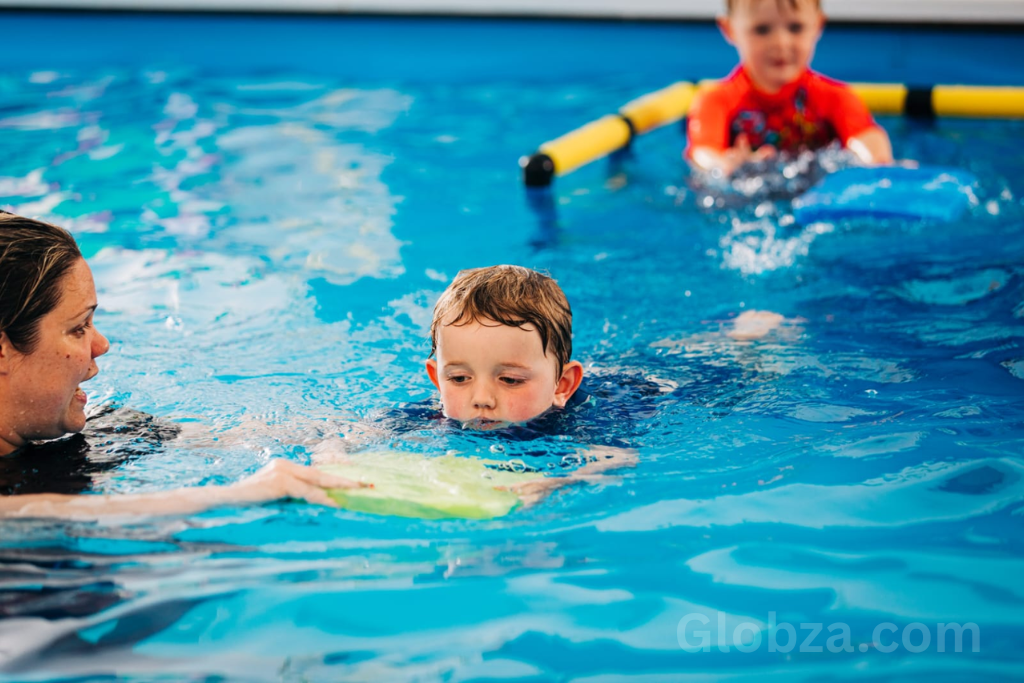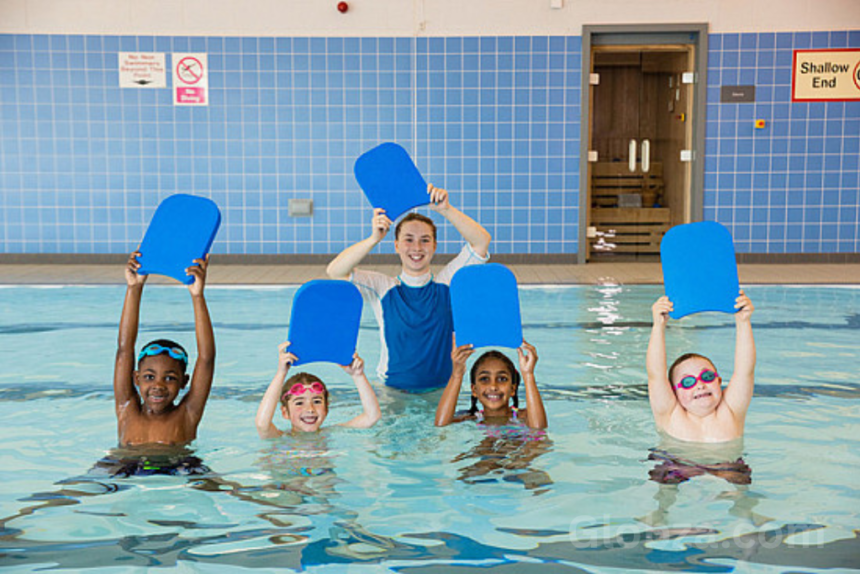Swimming Lessons Save Lives: Introduction
Swimming lessons save lives. This truth is echoed by experts worldwide who emphasize water safety. According to the CDC, drowning is a leading cause of accidental death for children. Teaching kids to swim is a proven protective factor. “Learning to swim is as essential as learning to cross the street safely,” says Dr. Sarah Thompson, a pediatric safety researcher. Parents who enroll their children in lessons give them critical skills to survive water emergencies. In this blog, you will learn how swimming lessons save lives, what to look for in a program, and why water safety education is vital for every family. Short, structured, and fun swimming lessons could be the difference between a close call and a tragedy. Let’s dive into what parents must know.
How Swimming Lessons Save Lives
Swimming lessons save lives by giving children the skills to float, tread water, and reach safety. Research from the American Academy of Pediatrics shows that formal swim lessons reduce drowning risk by up to 88% in children ages 1 to 4. “Swimming lessons teach children to respect water, not fear it,” says swim instructor Carlos Reyes. Kids who can float and breathe are less likely to panic, and that can buy critical seconds until help arrives. Lessons also teach safe pool behaviors, like never swimming alone. These habits reinforce safety even when adults aren’t nearby. Parents should consider consistent lessons over many months, so skills are remembered and improved. Swimming is not just a sport; it is a survival skill that every child deserves to learn, no matter their age.

Choosing the Right Swimming Lessons
When choosing swimming lessons, parents should check instructor qualifications. Certified teachers know how to build skills step by step. According to the Red Cross, parents should look for small class sizes and lessons adapted for the child’s age. “The right instructor will work with your child’s comfort level, not force them,” explains safety expert Jenny Kim. Look for lessons that focus on floating, water entry, and safe exits, rather than only on strokes. Observe a class before enrolling. Check that lifeguards are on duty, and that facilities are clean and safe. These details matter. Swimming lessons save lives, but only if they are taught properly by trained professionals. The confidence gained in a good program will stay with a child for a lifetime, even if they rarely swim outside lessons.
Water Safety Beyond Lessons
Swimming lessons save lives, but supervision is still essential. Drowning happens fast and often silently. “Children can slip under water in less than 30 seconds,” warns water safety advocate Rachel Lee. Even children with strong swimming skills need watchful eyes. Parents should stay within arm’s reach of younger children and avoid distractions like phones. Install fences around pools and always empty small backyard pools after use. Also teach children about rip currents and lake safety, if they swim outdoors. Remember, lessons reduce risk but cannot erase it entirely. Combining swimming skills with constant adult supervision is the strongest shield against tragedy. Share water safety rules with caregivers and babysitters so they are equally aware of what is needed to protect kids around water.

Benefits Beyond Survival Skills
Swimming lessons save lives, but they offer more than safety. Swimming builds confidence, coordination, and a love of physical activity. Kids who swim tend to develop stronger lungs and muscles. According to pediatrician Dr. Ravi Patel, “Swimming is a full-body workout that supports both mental and physical growth.” Lessons often include games and teamwork, helping children develop social skills. The water provides a soothing environment, lowering stress and encouraging relaxation. Children who learn early may even grow up to join competitive teams




